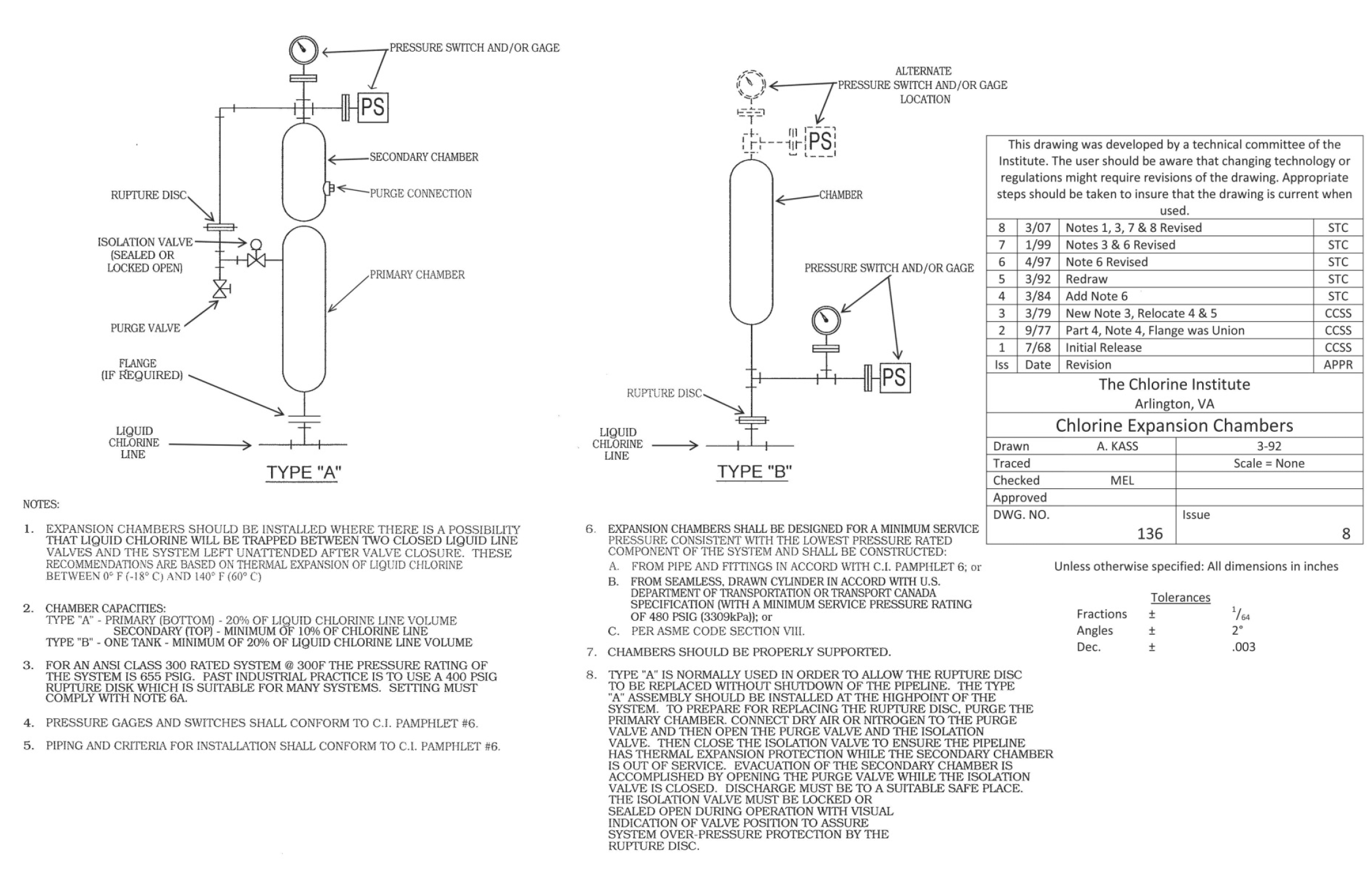For nearly 25 years I have seen CLOSED relief systems used successfully on a multitude of processes involving Extremely Hazardous Substances (EHS) and for many years I have been proposing they be used in the Ammonia Refrigeration industry. The leading trade group for ammonia refrigeration has had a long-standing position against the need for hydrostatic relief protection on liquid piping runs. This long-standing position is not rooted in any type of engineering or risk analysis, as is proof when we look at the ammonia fertilizer process designs (OSHA and RAGAGEPs), which specifically call for hydrostatic protection on liquid NH3 piping.
With my experience being from the chemical industry, we had hydrostatic protection on our liquid NH3 runs on our refrigeration/latent heat plants, as we built into our design the ability to discharge each hydrostat to the atmosphere just because that was always possible in a chemical facility. But when ammonia is used in a mechanical refrigeration process like that found in a food plant, these hydrostats would/could be located in “normally occupied enclosed spaces” which means we could gas some folks with NH3 and/or contaminate large volumes of product with NH3; both not very desirable outcomes. So why not vent the hydrostat RV discharge outside? The push back on this is that “our pipe runs were built without this hydrostatic RV discharge consideration”, meaning that the discharge vents would have to travel long distances to reach outdoors. That is a fair argument to make on an existing process and the costs associated with moving the ammonia piping for just this reason is NOT a good business decision – so what can an existing process do so that it can be provided with Hydrostatic Relief protection but can not vent the discharge outside?
Solution: Using the Chlorine Institutes CLOSED hydrostatic relief system design. Here is the ultra-simple design from the Chlorine Institute…

